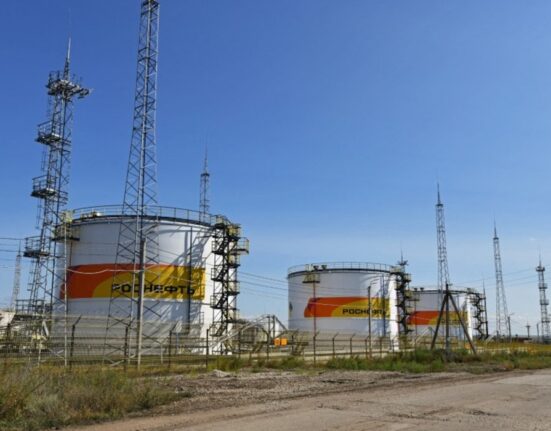Forex arbitrage is a type of financial technique that traders employ to profit on price differences between various currency markets. It is frequently praised for being low-risk and having the potential for steady returns. An overview of Forex arbitrage and how traders can earn from it is given in this article.
Understanding Forex Arbitrage
In the financial markets, arbitrage refers to the practice of buying and selling an item at the same time in order to capitalize on price differences. Market inefficiencies are to blame for this pricing disparity.
Forex arbitrage is the practice of purchasing a currency pair in one market where it is undervalued and simultaneously selling it in another market where it is overpriced in the context of Forex (foreign exchange) markets. As a result, the price difference generates a profit without any risk.
Let’s imagine, for illustration, that the EUR/USD exchange rate is 1.2000 on one platform and 1.2005 on another. A trader might purchase a sizable quantity of EUR/USD at 1.2000 and then sell it right away at 1.2005, earning money on the price difference.
Types of Forex Arbitrage
There are several types of Forex arbitrage strategies that traders can utilize:
- Two-currency arbitrage – This is the simplest form of Forex arbitrage, involving just two currencies. The trader looks for price differences between two Forex brokers or trading platforms and trades accordingly.
- Triangular arbitrage – This strategy involves three currencies and three exchange pairs. The trader exploits the discrepancy between the actual and implied cross rates of three currency pairs.
- Covered interest arbitrage – This strategy involves exploiting the difference between the interest rates of two countries while covering for exchange rate risk.
Challenges and Requirements
While Forex arbitrage sounds like a sure-fire way to profit, it comes with its challenges:
- Need for advanced technology – Forex arbitrage requires fast, advanced technology. As arbitrage opportunities last only for a few seconds before the markets correct the price discrepancies, traders need automated trading systems to execute trades.
- Transaction costs – The cost of trading can eat into arbitrage profits. This is particularly true with Forex trading, where costs are often hidden in bid-ask spreads.
- Slippage – This refers to the difference between the expected price of a trade and the price at which the trade is executed. Slippage can occur during volatile market periods and can reduce the profit from arbitrage trades.
Making Profits from Forex Arbitrage
Despite these challenges, profits can be made from Forex arbitrage. Here are some tips for traders:
- Use automated trading systems – As mentioned earlier, arbitrage requires high-speed trading. Automated trading systems can monitor multiple currency pairs and execute trades in milliseconds.
- Select brokers with lower transaction costs – To maximize profits, traders should choose brokers with lower transaction costs, particularly those with tighter spreads.
- Stay informed – Traders should stay abreast of market news and events that can create price discrepancies, such as economic data releases, central bank announcements, and geopolitical events.












